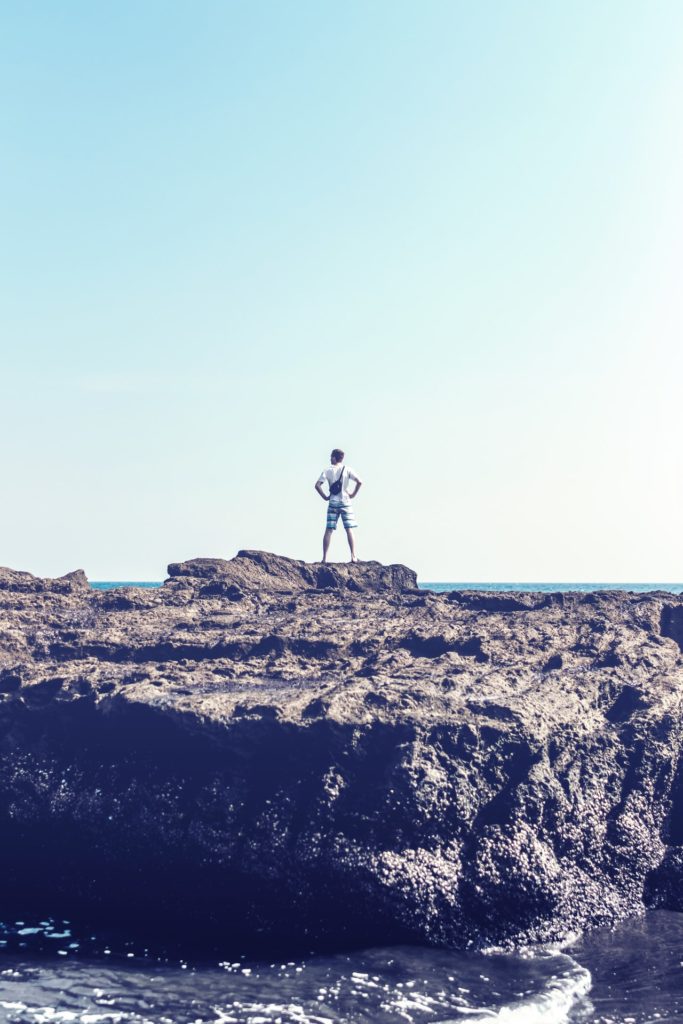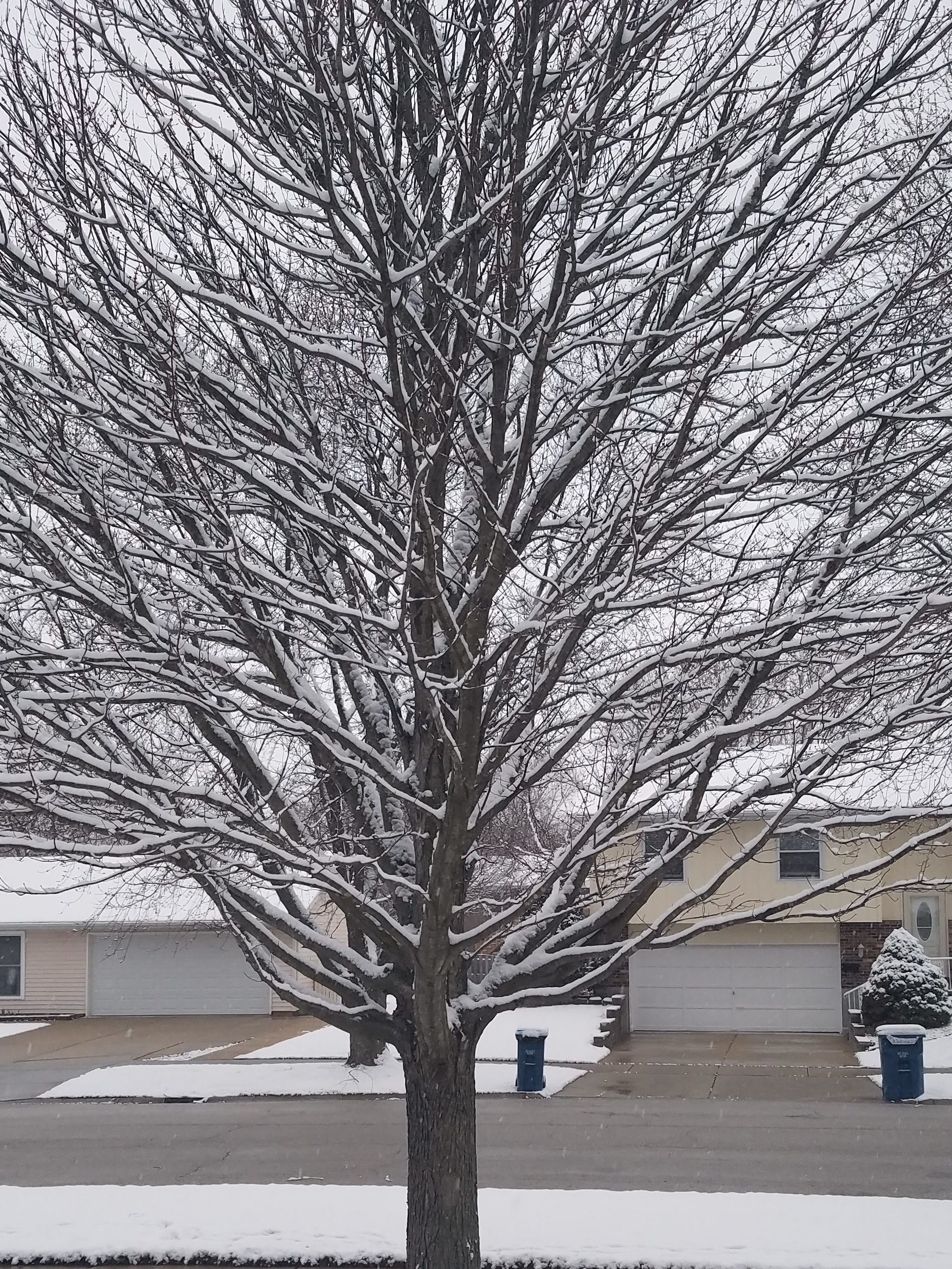
When I was a young boy, I had a favorite tree. It stood in the front corner of our yard, south side, close to the culvert next to the highway. Its low branches made it easy to climb. Plus, the branches were spaced a comfortable distance apart, adding ease in going as high up as I wanted to go. From my highest vantage point, I could see beyond the top of the hill to our south and experience a bit of a bird’s-eye view of our farm and the surrounding ones.
Birds surely saw much more from places higher than I could reach. Then I reversed things and lay down next to the base of the tree or even next to Mom’s canna plants to get an ant’s-eye view of the world. While I knew the size of the tree or the towering flower, they seemed so much larger when viewed up close from that angle. It felt as if I was next to a giant redwood tree.
We see obstacles
The same thing applies in our lives as we get stopped in our paths by opposition, closed doors, and problems. Up close, we can see no way around, over, or through them. The problems may be too complex for a ready solution, and deadlines—either ours or some forced upon us—are too soon for gradually picking away at finding even one solution.
Instead of horizons
This one message of hope has been speaking to me this past year while reading the scripture. By faith, see beyond the horizon.

Where we live now has good spacing between houses with each one sitting about forty feet back from the street curb. The street is wide enough for cars to park on each side with room for two cars to pass each other in between. But even with that roominess, my physical horizon from my front porch is about one hundred feet in front of me. If I drive five minutes away, I can see farther, but the horizon lies less than a mile away at the next tree line. When my wife and I took a Caribbean cruise, the sky met the ocean miles away. However, fog or rain could shorten the distance we could see.
Just as seeing where the earth meets sky is our horizon, so also events—good or bad—form a type of horizon for us. The horizon is the limit of our line of sight. Sometimes, events in our lives loom before us like an unscalable wall or a tall mountain. That obstacle keeps us from seeing what is just beyond.
Before our mind can begin designing a workaround response, our subconscious mind uses the information currently being fed into it by our natural senses and merges it with memories of our past experiences, and circumstances that, in closer examination, may not be all that similar. In making those comparisons, our minds prepare for a fight-or-flight response and form conclusions about the probable outcomes. To further compound the situation, our imaginations trigger a host of other possibilities to consider by the time our subconscious thoughts come to the forefront of our minds.
Decisions based on information from our natural senses.
Disney World’s Twilight Zone Tower of Terror convinced me that the old maxim, “Don’t believe anything you hear and only half what you see,” probably gives too much credit to the eyes. From the moment we entered the building, we were thrust into the imagination of the engineers and artists who built the ride. We were told we were entering the basement maintenance area of a massive hotel that had not been open for decades. Having been in buildings closed that long, I had to keep reminding myself that the construction of this attraction had just been completed. In every way, it looked like fifty years of dust layers on every vent pipe and door casing. Nothing about the adventure was true, not even the elevator free-fall at the end.
However, the illusions were so convincing that our eyes were fooled. What we saw was no more real than the elm tree in our front yard secretly being a sequoia.
Looking beyond the horizon
In 2 Kings 6, we read the story of the prophet Elisha who saw by faith what his servant could not see. The servant rushed to him, terrified by the army coming to capture them. Elisha prayed the Lord would allow the servant to see by faith and not only naturally. Then the Lord opened the eyes of the servant to see the angelic army surrounding them. Elisha could see the king’s army threatening, but his life exemplifies choosing to look beyond the horizon.
We also see Jesus in the Garden of Gethsemane, praying for any other way to satisfy the law without going to the cross. He prayed so intensely, we’re told, that he sweat drops of blood. The writer of the book of Hebrews in chapter 12 said this about that moment, “Who for the joy that was set before Him endured the cross.” The agony of Calvary stood before Jesus as his horizon, but he looked beyond to the victory and joy the Father planned.

As we encounter new horizons, we choose whether to be dependent on Jesus and trust or seek our own way out—to walk by faith or by sight. We have great promises and examples to help us make the right choice.


